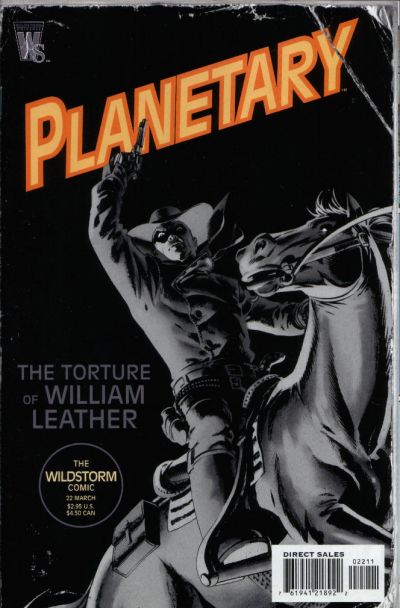At the time, a lot of people wrongfully thought that Next Men was a simple copy or an imitation of Marvel’s X-Men, however, that had nothing to do with Byrne’s intentions as a creator. Danger Unlimited, on the other hand, was designed in such a way that’s impossible not to recognize the connections with the Fantastic Four. In the San Diego Comic Con of 1993, Byrne explained that “I got snotty and said ‘well, since nobody else is doing the Fantastic Four, I thought I would’”. Although it was intended as a joke, the truth is that, at the time, Marvel’s premier superhero family was going through a less than stellar period. So in many ways, Danger Unlimited is the superhero title Byrne wanted to write at the time, and it also begun as a reinterpretation of the Fantastic Four.
This is the basic premise of what was supposed to be an ongoing series: “In 1960, four heroes fought to save the world. In 2060, who will fight to reclaim it? A freak accident gave four friends strength and abilities that set them apart from normal men, and they used these abilities to fight the tide of evil as Danger Unlimited! Fast forward to the far-flung future, when the never-ending battle is actually nearing its end and the side of justice is losing; Earth has been conquered by an alien race and super-powered humans have been outlawed. The human race needs some help, some heavy-duty firepower, if it’s going to turn the tide and take back earth. It needs another Danger Unlimited”.
 |
| Doctor Carson & Calvin Carson |
 |
| Calvin Carson: prisoner of the future / Calvin Carson: prisionero del futuro |
 |
| Enemy |
________________________________________________________________________________________________
________________________________________________________________________________________________
En los 80s, John Byrne se convirtió en el creador más importante en la industria del cómics al renovar a Superman en Man of Steel y al escribir la mejor etapa de Fantastic Four, comparable solamente a la etapa original de Stan Lee y Jack Kirby. A principios de los 90s, Byrne produjo su última obra maestra, Next Men, pero al mismo tiempo también estaba trabajando en otros títulos para Dark Horse, como Danger Unlimited.
 |
| Doctor Carson & Worley |
 |
| Alien |
 |
| Connie & Calvin Carson |
 |
| Hellboy |
 |
| Calvin Carson |





































